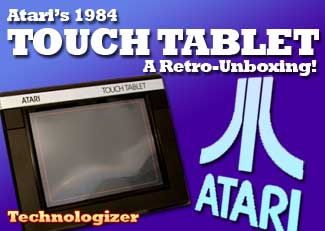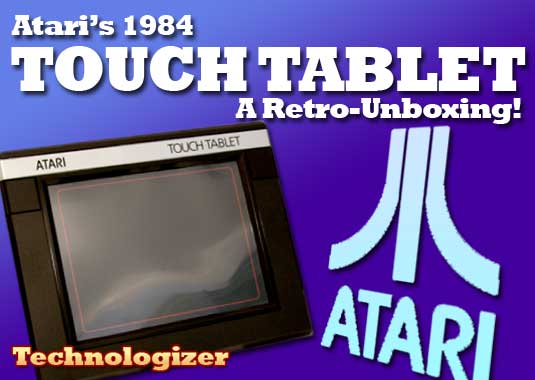 Just in case the haunting wastelands of Killzone 2 and Gears of War 2 aren’t realistic enough for you, one game engine programmer suspects that true photorealism in video games is 10 to 15 years away.
Just in case the haunting wastelands of Killzone 2 and Gears of War 2 aren’t realistic enough for you, one game engine programmer suspects that true photorealism in video games is 10 to 15 years away.
I say, who cares?
To understand why, read the rest of Unreal Engine programmer Tim Sweeney’s comments to Gamasutra: “But there’s another problem in graphics that’s not as easily solvable,” he said. “It’s anything that requires simulating human intelligence or behavior: animation, character movement, interaction with characters, and conversations with characters. They’re really cheesy in games now.”
To put it another way, we may someday have video game people that look a lot like the real thing in pictures, but making them seem lifelike in practice is another story entirely.
That’s why video games are better off experimenting with other methods of representation besides mimicking reality. (Sports games should get a pass, however, because they are inherently in pursuit of realism. Plus, they tend to avoid issues of interaction and conversation that other games must deal with.)
When I think of the most powerful examples of human emotion in video games, they’re almost always abstract. The pixelated characters in Daniel Benmergui’s Storyteller are excellent examples: The eyes struck a deeper chord with me than any attempt at bone modeling.
Another method is cel-shading, as in the cartoon style seen in games like Team Fortress 2 and No More Heroes. Just like pixelation, cel-shading symbolizes human gestures without dipping into the uncanny valley (that is, the negative response that occurs when a human facsimile looks too much, but not exactly, like the real thing).
I’m certainly not the first one to make this argument, but it’s worth repeating if game developers plan to chase photorealism. I fear that the mountain is so steep to climb, we may have to endure a lot of freaky fake people before getting to the good stuff. As Sweeney suggests, the real problems may take a lot longer than a decade to solve, and10 years is already a long time.



 [A NOTE FROM HARRY: Here’s the inaugural edition of a new feature: Technologizer Q&A. We’ll give you the opportunity to pose questions to interesting technology companies. First up is chipmaker AMD–many thanks to VP of Advanced Marketing Pat Moorhead for answering these queries.
[A NOTE FROM HARRY: Here’s the inaugural edition of a new feature: Technologizer Q&A. We’ll give you the opportunity to pose questions to interesting technology companies. First up is chipmaker AMD–many thanks to VP of Advanced Marketing Pat Moorhead for answering these queries. Ever notice how
Ever notice how  Just in case the haunting wastelands of Killzone 2 and Gears of War 2 aren’t realistic enough for you, one game engine programmer suspects that true photorealism in video games is 10 to 15 years away.
Just in case the haunting wastelands of Killzone 2 and Gears of War 2 aren’t realistic enough for you, one game engine programmer suspects that true photorealism in video games is 10 to 15 years away. It’s more than a rumor but less than a fact: Nvidia is
It’s more than a rumor but less than a fact: Nvidia is 
